Want to have more fun on your upcoming paddling trips? It’s all about building a good base level of endurance so you can go longer and work harder. Don’t get sucked into ads for pills, power bars, drinks and other synthetic products that promise sculpted muscles and blistering marathons. These foods are more about convenience than necessity. Water and carbohydrates are the building blocks that allow us to perform at a higher level. Here are some suggestions for building endurance the natural way.
SEE THE DOC – It’s just a good health practice and might catch something early. A simple thing like low hemoglobin could wipe you out. Ditto the existence of low or high blood sugar, or carrying 20 extra pounds. Get the pounds off now so you are not trying to improve endurance while larding up.
BAD GENES – Uh oh! Bad genes may have to take the blame for bad knees or deformed feet. So maybe you can’t run, and pursuing the impossible won’t change that, but you can paddle! Choose activities and training methods that will work for you. Cycling, weight lifting, inline skating and interval training are good activities that stress the body in varied ways and help you maintain conditioning when you aren’t out on the water.
SET SOME GOALS – There is something about keeping an exercise or activity log that inspires a person to stay with the program. Planning safe incremental increases in activity builds endurance. When performing reps on a weight machine, for example, the generally accepted wisdom is two to three workouts a week, three to 10 reps of each exercise, repeated three times. Build strength and endurance not by going to five days a week, or doing more than three sets, but by increasing the number of reps gradually.
CROSS TRAINING – Motivation is a powerful factor when working toward a goal, but we all know it is not as simple as a man or woman waking up one day and saying they are going to enter a paddling competition or run a marathon. It takes work to get there. Cross-training between sports and other types of workouts can help you avoid boredom as well as injury. The runner who cross-trains with calisthenics or weights may avoid hitting a plateau and stagnating, as well as breaking down with a stress fracture or shin splints. Cycling will help a kayaker improve endurance without overdoing upper body work. Cross-training between paddling or weight work, and cycling can also allow you to work harder some days to build endurance and exercise at a lesser intensity on intervening days to allow the body to rest.
GET A SPORT – Sports are good ways to shake up the routine and stay active in the off season so you don’t lose endurance. Winter sports like skiing and snowshoeing make sense if you live in a climate where snow and ice cover the ground for a few months. Many people give up working out when they can’t be out on the river. Don’t quit; find something fun!
STRETCH BIG TIME – Stretching both before and after exercise out becomes more important as people age. Warm-ups and cool-downs can be tedious, but there are ways around it. Try some restorative yoga positions during cool-downs, and Tai Chi as an alternative to simple stretching. If you are familiar with these disciplines, incorporate a few moves into your workouts.
EAT RIGHT – If you can make time to train, you can take the time to eat right. Depending on intensity of exercise, some athletes can fuel up right before working out, whereas men and women getting ready to for a competition probably need to eat no closer than four hours before competition. After the event, gobble healthy: carbohydrates, proteins and don’t forget some fat, the main fuel for your brain.
SOURCES:
- American College of Sports Medicine
- American Dietetic Association
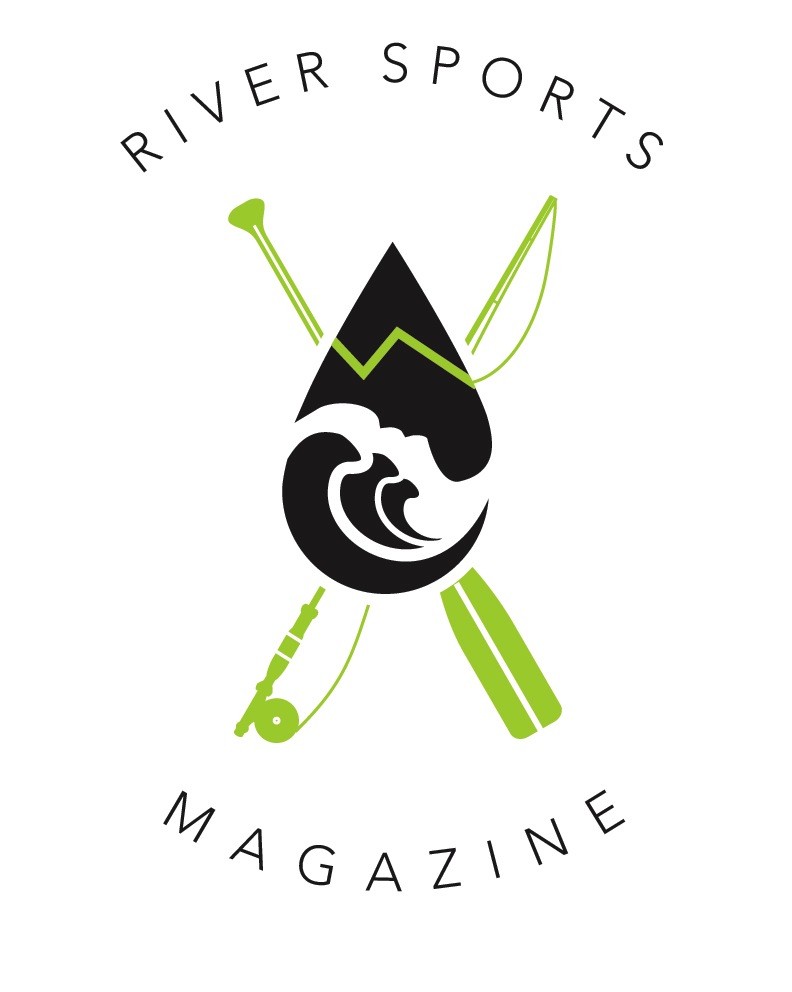
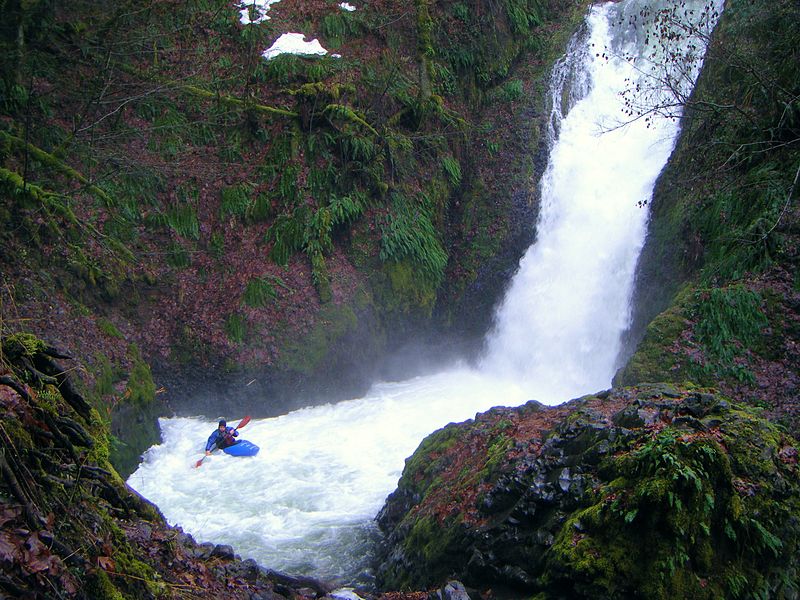
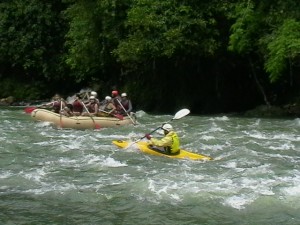
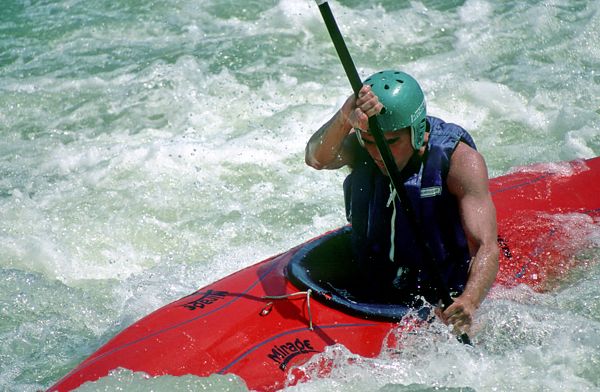
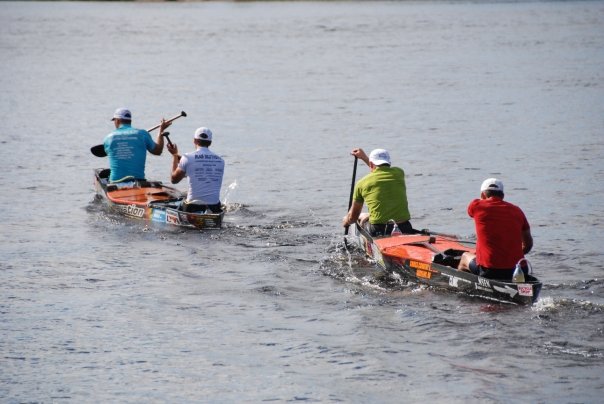
Leave a Comment